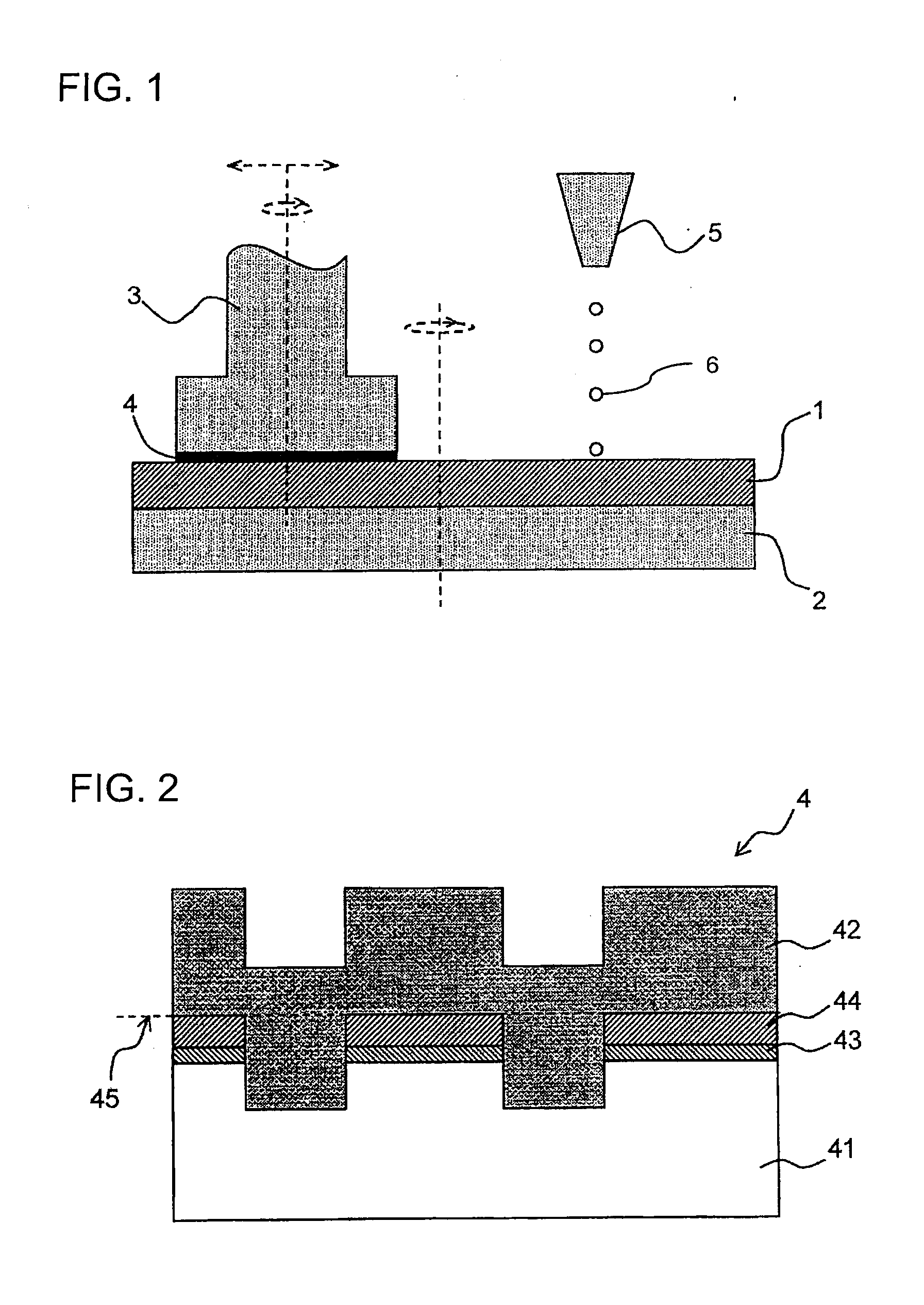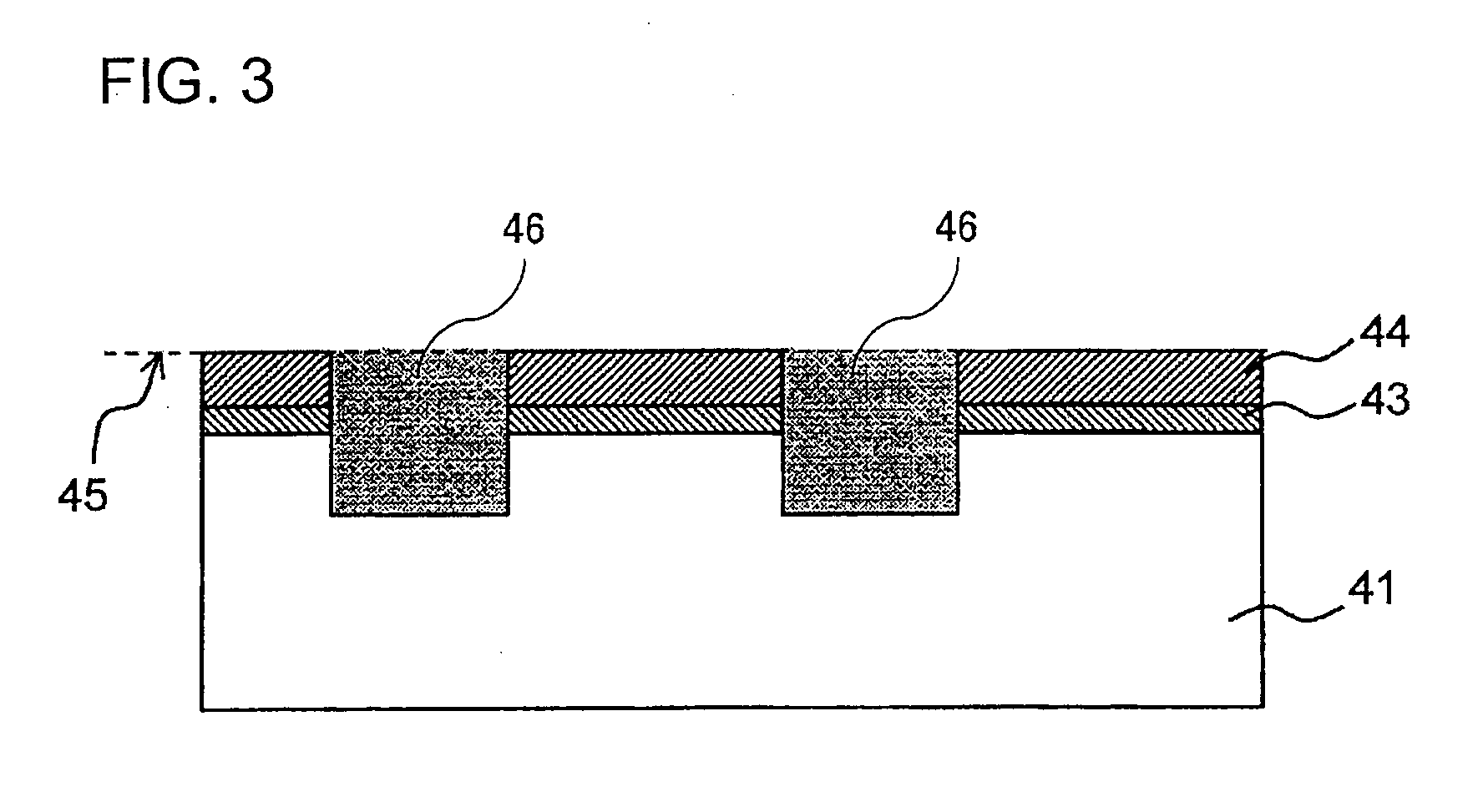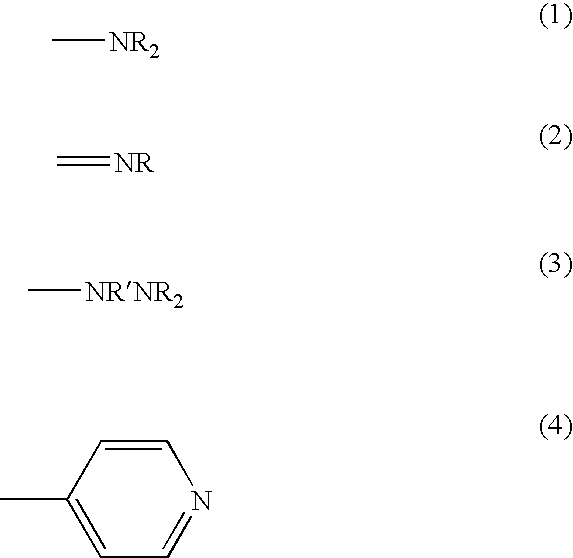Chemical mechanical polishing aqueous dispersion, chemical mechanical polishing method, and kit for preparing chemical mechanical polishing aqueous dispersion
- Summary
- Abstract
- Description
- Claims
- Application Information
AI Technical Summary
Benefits of technology
Problems solved by technology
Method used
Image
Examples
example 1
3-1. Example 1
3-1-1. Preparation of Ceria Aqueous Dispersion
[0162]Cerium carbonate was fired at 750° C. for four hours, mixed with ion-exchanged water, and ground in a bead mill using zirconia beads to disperse for 72 hours. A supernatant liquid corresponding to 90 mass % was batched off from the resulting ceria aqueous dispersion to obtain a ceria aqueous dispersion containing 35.8 mass % of ceria.
[0163]The ceria content of the resulting aqueous dispersion (ceria content: 35.8 mass %) was adjusted to 5 mass % by adding ion-exchanged water to prepare a 5 mass % ceria aqueous dispersion. The pH of the resulting ceria aqueous dispersion was 5.3.
3-1-2. Measurement of Pore Volume and BET Specific Surface Area
[0164]After drying the ceria aqueous dispersion obtained in 3-1-1., 0.3 g of the dried product was sampled. The adsorption isotherm of the sample was measured by a gas adsorption BET multipoint method using an Autosorb-1 AS1MP-LP manufactured by Quantachrome. As preconditioning, air...
examples 2 to 8
3-2. Examples 2 to 8 and Comparative Examples 1 to 4
[0181]Evaluations were carried out in the same manner as in Example 1 except for using an aqueous dispersion of ceria having the pore volume shown in Table 1. Table 1 shows the preparation condition for the chemical mechanical polishing aqueous dispersion, the pore volume, the BET specific surface area, and the D99 value of the abrasive grains (A), the polishing rate, the number of defects, and the number of scratches together with the results of Example 1.
TABLE 1Abrasive grains (A)Polishing ratewhen using onlyBET specificabrasive grainsAuxiliary particles (D)Number ofNumber ofPore volumesurface areaD99(A)AmountdefectsscratchesUnitml / gm2 / gmicrometernm / minType(mass %)per waferper waferExample 10.16340.7500——19319Example 20.14350.9530——40573Example 30.18320.5470——559Example 40.28400.3310——153Example 50.17280.6450——4917Example 60.20310.4430——3912Example 70.23370.6400——1695Example 80.14290.7580——22865Example 90.16340.7500(a)1.015717Exa...
examples 10 and 11
3-4. Examples 10 and 11 and Comparative Examples 6 and 7
[0201]A concentrate of a chemical mechanical polishing aqueous dispersion of Example 10 was prepared in the same manner as in Example 9 except for using the abrasive grains (A) used in Example 2 instead of the abrasive grains (A) used in Example 1, and changing the types and the amounts of the auxiliary particles (D) and the water-soluble polymer (C) as shown in Table 3. A concentrate of a chemical mechanical polishing aqueous dispersion of Example 11 was prepared in the same manner as in Example 9 except for changing the types and the amounts of the auxiliary particles (D) and the water-soluble polymer (C) as shown in Table 3.
[0202]The concentrate was subjected to the chemical mechanical polishing test described in 3-1-6 in the same manner as in Example 1. The results are shown in Table 2.
[0203]Concentrates of chemical mechanical polishing aqueous dispersions of Comparative Examples 6 and 7 were obtained in the same manner as ...
PUM
 Login to View More
Login to View More Abstract
Description
Claims
Application Information
 Login to View More
Login to View More - R&D
- Intellectual Property
- Life Sciences
- Materials
- Tech Scout
- Unparalleled Data Quality
- Higher Quality Content
- 60% Fewer Hallucinations
Browse by: Latest US Patents, China's latest patents, Technical Efficacy Thesaurus, Application Domain, Technology Topic, Popular Technical Reports.
© 2025 PatSnap. All rights reserved.Legal|Privacy policy|Modern Slavery Act Transparency Statement|Sitemap|About US| Contact US: help@patsnap.com



